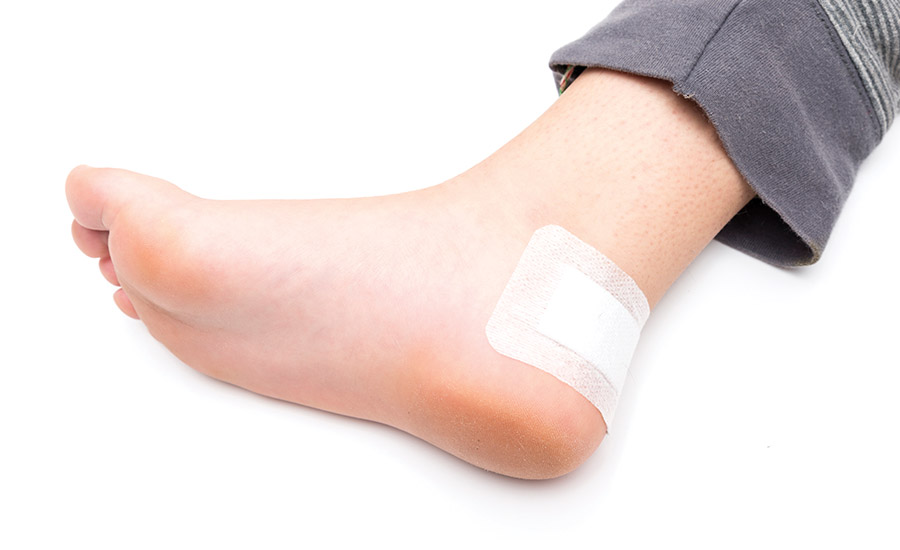Market Trends: Adhesive Films Market to See Solid Growth
Increasing applications in the healthcare, electronics, packaging and automotive industries are all driving the market for adhesive films.

The global adhesive films market was valued at $9.7 billion in 2013 and is expected to reach $14.45 billion by 2020, expanding at a compound annual growth rate (CAGR) of 6% during the forecast period, according to Transparency Market Research’s “Adhesive Films Market—Global Industry Analysis, Size, Share, Growth, Trends and Forecast, 2014-2020.” In terms of volume, the global adhesive films market stood at 3,105.5 kilotons in 2013.
The global adhesive films market is estimated to expand quickly due to rising applications in the healthcare, electronics, packaging and automotive industries. Medical practitioners are increasingly using adhesive films and tapes in wound-care applications. Major factors that are estimated to drive the global adhesive films market in the next few years include the development of compact and lightweight electronic devices, a regulatory push for lightweight cars/trucks with lower carbon footprints, and the rising adoption of flexible packaging.
However, margin pressures due to volatility in crude oil prices and regulations against emissions of volatile organic compounds (VOCs) are likely to hamper market growth during the forecast period. Development of bio-based materials for use in adhesive films is projected to offer growth opportunities.
Adhesive Types
Pressure-sensitive adhesive films emerged as the leading segment in the global adhesive films market, with more than three-quarters of the share in 2013. Light-cured adhesive films are likely to see maximum growth due to superior product characteristics such as fast curing and low-to-zero-VOC emissions. Hot-melt technology is projected to expand at an impressive rate between 2014 and 2020, owing to its increasing adoption in construction applications.
Acrylic adhesive films dominated the global adhesive films market in terms of volume in 2013. These versatile adhesives can be modified for use in industries such as electronics, automotive, medical, construction, footwear and furniture. Acrylic adhesives are preferred because they can be formulated with all the adhesive films technologies. In addition, polyvinyl acetate (PVAc) and polyurethane adhesive films are other versatile products that can substitute acrylic products. Polyvinyl butyral (PVB) and epoxy adhesives are primarily used in the automotive and construction industries, respectively.
Applications
The labels market is expected to be the fastest-growing application segment, expanding at a CAGR of over 6% during the forecast period. Demand for labels is primarily driven by the packaging industry, especially for food and beverages. Tape is projected to be the dominant application segment during the forecast period, and accounted for over 45% of the market share in 2013. The segment includes several packaging tapes, one-sided tape, double-sided tape and adhesive transfer tape.
Packaging was the dominant end user industry in 2013. However, medical is expected to be one of the faster-growing end-user segments for adhesive films in the near future, due to ease of use and product disposal. In addition, high sales growth for compact devices such as mobile phones and tablet personal computers that are manufactured using adhesive films is anticipated to drive the market in the near future.
Regions
Asia-Pacific led the global adhesive films market in 2013, with more than 40% of the share of the global demand. It is also projected to be the fastest-growing region between 2014 and 2020, driven by high growth in electronics, automotive and construction industries in the region. The medical industry generated major demand for adhesive films in North America. The adhesive films market in Europe is anticipated to witness comparatively slower growth due to economic instability in the region.
For additional information, visit www.transparencymarketresearch.com.
Looking for a reprint of this article?
From high-res PDFs to custom plaques, order your copy today!





